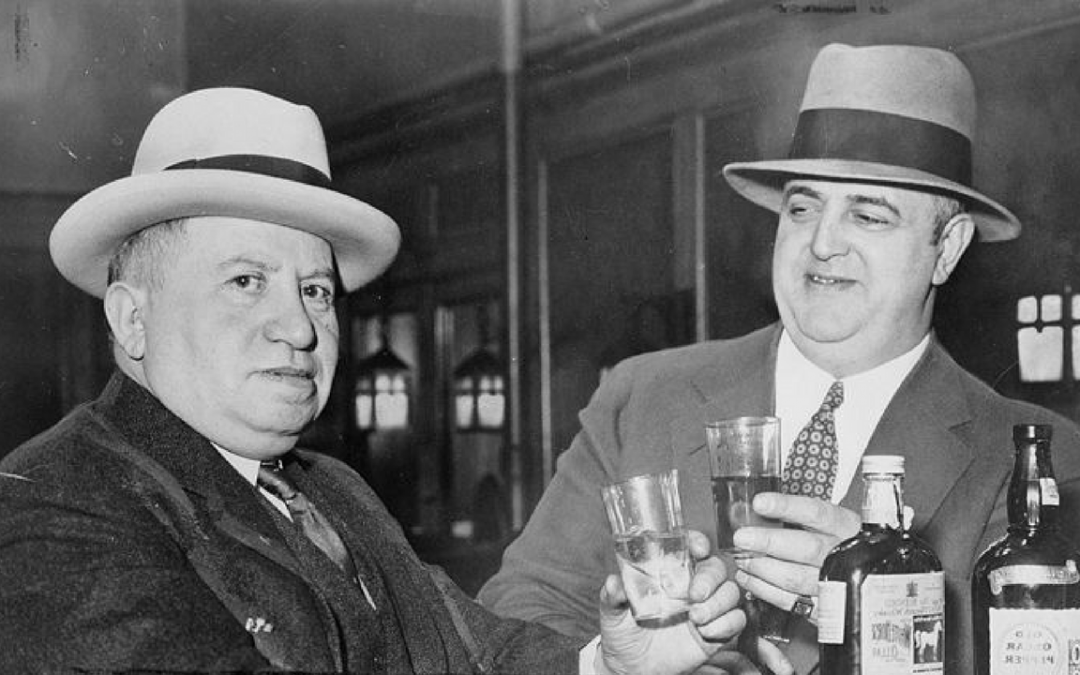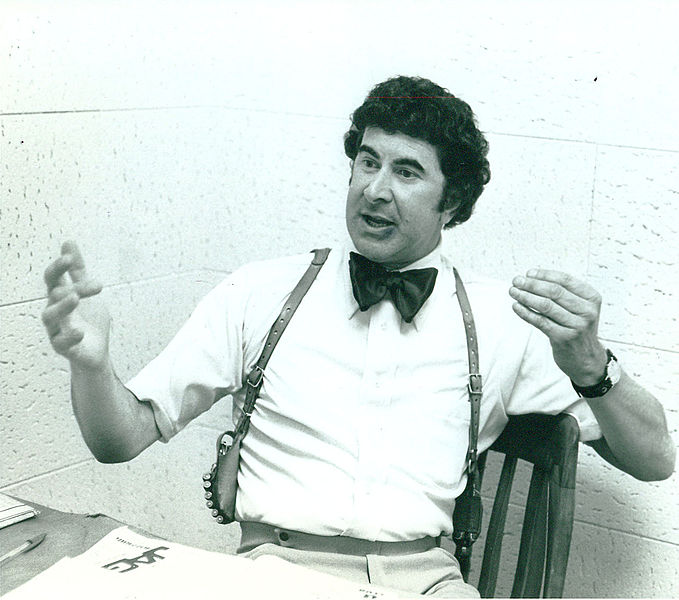Most famous detectives from fiction were based on real detectives from the 19th and 20th century. Some of these famous detectives solved cases that seem as if they could have come straight from a detective novel. This is a list of 10 real famous detectives smarter than Sherlock.
Eugène François Vidocq
“The World’s First Detective”
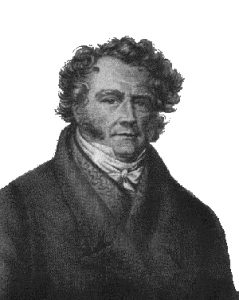
Vidocq was a polymath from the Napoleonic era. Before becoming a detective, he was a criminal, and before then, a soldier. He went on to become a criminal investigator, in the early 1800’s, the first in history. His experience being a thief gave him the knowledge needed to effectively capture them himself. Around the 1830’s he was the head of the government’s detective department, but was fired after going back to criminal ways and organising a daring theft. His exploits led to him being famous all over France.
Dave Toschi
Detective Dave Toschi, who chased the Zodiac killer, and was the inspiration for Dirty Harry, has just recently died, on January 6th, this year. He became famous during the 9 year chase for the Zodiac killer. Another famous case he investigated was the Zebra Murders, a series of racial murders committed by a black nationalist against random whites.
Izzy Einstein and Moe Smith

Einstein and Smith, were two of the most successful and famous detectives. The crime fighting duo, took down a total of 4,392 dirty rotten crooks in their career, with a conviction rate of 95%. They brought in approximately five million bottles of illegally obtained liquor. Einstein and Smith became so notorious among speakeasys that their pictures were hung on the walls. The owners were probably confident this would put a stop to their undercover spying; they were wrong. These two men would simply put together some sort of cunning disguise and go into the speakeasy’s undercover. Using techniques like this they managed to take down hundreds of speakeasys.
Jerome Caminada
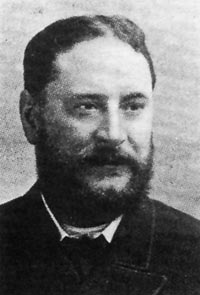
Jerome Caminada was one of England’s most famous detectives, and many believe was the inspiration for Sherlock Holmes. He worked in the late 1800’s and had a penchant for disguise, dressing up in costumes to deceive suspects and gain invaluable information. 1,225 crooks sat behind bars, resentfully remembering the time they were put away by Jerome Caminada. He closed down 400 pubs, partly due to his extensive network of informants. He would meet these informants on the back pew of St Mary’s Church, which was nicknamed the Hidden Gem. The Manchester Cab Murder is his most famous case, which he managed to solve in only three weeks. On the other hand, it took 20 years before he could catch a robber named Bob Horridge.

Ignatius Paul Pollaky
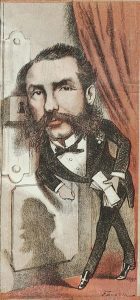
Pollaky was a famous London detective in the 1800’s and 1900’s. During the early part of his career, he was asked to keep tabs on Confederate spies from the US. Pollaky would use The Times newspaper to advertise his services and send secret messages. He offered to assist in “discreet enquiries in England or abroad”. Many of the messages he put into The Times, were too mysterious for anyone to work out. He became so famous that there were songs written about him, and his name was used as an insult against people who asked too many questions.
Johnny Broderick
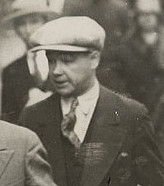
Johnny Broderick became famous for being one of New York’s toughest cops, and would patrol the streets beating up criminals and gangsters. He was brave enough to even take on gangsters with reputations in a fight, like when he fought Jack “Legs” Diamond, and Francis “Two Gun” Crowley. But the greatest example of his bravery comes from a prison eerily called “The Tombs”. Here he stopped a group of armed gunmen during a prison break. He won 8 medals for valor, but was a maverick who would beat criminals beyond what was necessary, and sometimes the innocent. He was seen associating with gangsters, and was forced to retire by the mayor.
William J. Burns
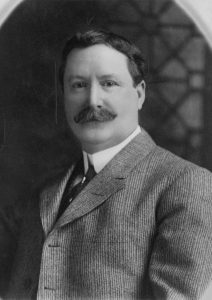
William J. Burns is one of history’s most famous detectives, and founded the mysterious William J. Burns International Detective Agency. In his youth he was a talented secret service agent, and took that talent with him in his detective work. In his most famous case he proved a man named Leo Frank was actually in the case of who killed Mary Phagan. Leo Frank was a Jewish man accused of murdering his 13 year old employee, Mary Phagan. Two years later he was lynched. At the time there were concerns about child labour taking place in Jewish owned factories. When such a young girl was found in a cellar, after having been strangled to death the public went into a frenzy. The cellar was in Frank’s factory.
He was convicted of the crime, and sent to prison. This was only the beginning of Frank’s nightmare. An armed group of broke him out of prison, and then lynched him. After burns put on a private investigation, he proved Frank innocent. Burns had a flare for publicity, and would often write in magazines and newspapers about his true crime stories. Whether these stories were all true or not is disputed, but the people loved it, and he became known as “America’s Sherlock Holmes”.

Marcel Guillaume

Marcel was a French detective who operated in Paris, and helped investigate one of the most publicised cases of the time. Violette Noziere killed both her parents by poisoning them, and then went on a shopping spree, before attempting to leave the country. She failed to escape, and went to trial instead. It turned out she had been forging doctor’s notes which claimed her parents required doses of mysterious powder. After being caught she claimed she was simply taking revenge for years of rape from her father.
Ellis Parker
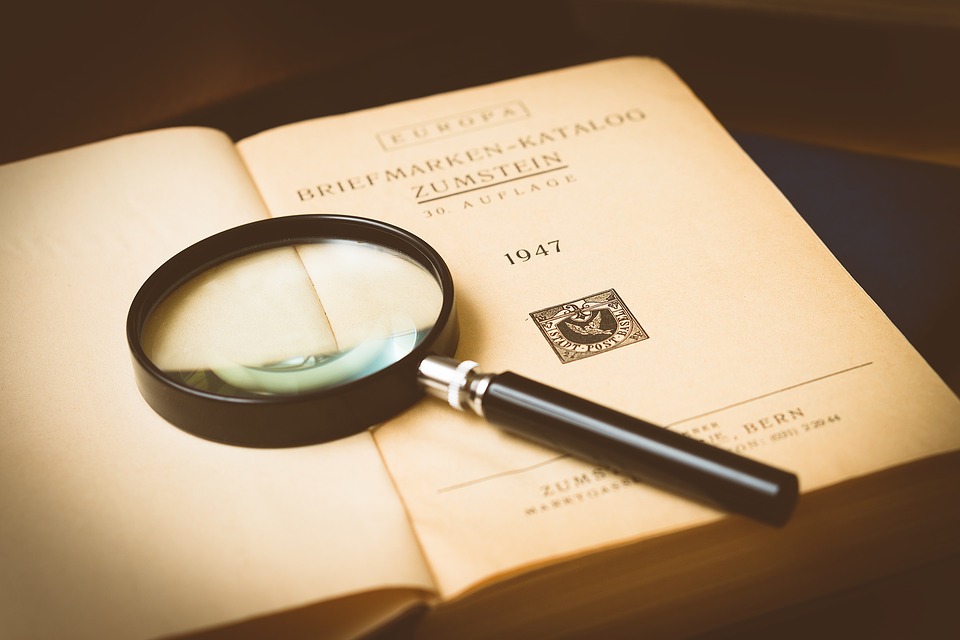
Ellis Parker once solved a case with over 100 suspects, in a situation like that most people wouldn’t even know where to start. Another one of his cases was solved by him working out why the killers weren’t wearing overcoats, and another exciting one involved him working out where the killers would be next, and getting there before them. “The Case of the Left-Sided Man”, and the “The Mystery of the Pickled Corpse”, are also cases the great detective took on. Parker’s illustrious reputation took a blow after a shocking twist in his most famous case, the Lindbergh Kidnapping.
A baby was kidnapped from his home in New Jersey, on May 12th and his body was discovered nearby. During the case Parker was accused of getting a forced confession out of an innocent man, and his reputation was never repaired.
Raymond C. Schindler

Schindler was one of the most successful detectives of the early 1900’s. In the year 1911, a little girl in New Jersey went to school, but her parents never saw her again. She was later found in a bush in the park, after having been sexually assualted and killed. Her head had been bashed in with an object, and then she was strangled with her own stocking. Detective Schindler hadn’t been a detective for long, when this case took place, but his natural ability to solve crimes led him to the real criminal. The local residents were convinced a black man named Thomas Williams was the culprit, but Schindler had his eyes on another suspect. He was investigating a German man named Heideman, who fled Germany after being accused of child molestation. In the meantime, he had one of his associates investigate Williams, and he concluded that Williams was innocent, but Williams had already been sent to jail. He was convinced Heideman was the killer, but needed him to confess, so he invented one of the most genius plans in the history of crime to get him to confess.
Schindler got one of his other associates (Neimeister) who hailed from the same part of Germany to befriend him. This worked wonders. He began slowly trying to gain his trust, and then sprang a trap. He came to Heideman saying that he was leaving, because he had killed a homeless man, and was going where nobody would ever find him. Heideman asked to go with him, but Neimeister refused, saying that he might tell people of his crime. Heideman then asked whether it would change anything if they were even. In desperation, Heideman confessed that he had killed a girl in New Jersey. The next day, Neimeister got him to talk more about the murder, at great length in fact, the crucial difference between then and the night before, was that now a host of police officers were listening in on the conversation. Heideman was put away. Through this, and more ingenious solutions, Schindler became one of the world’s most famous detectives.

